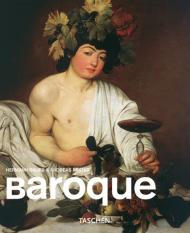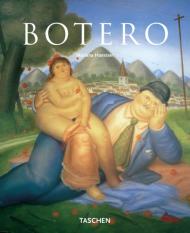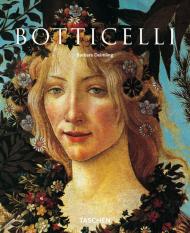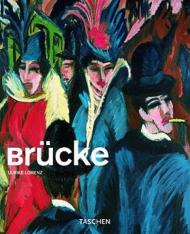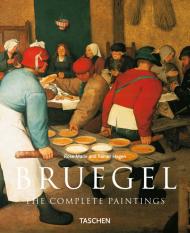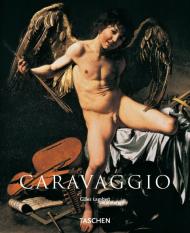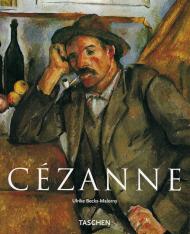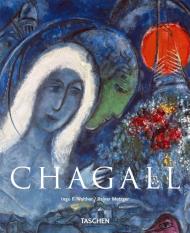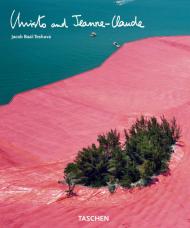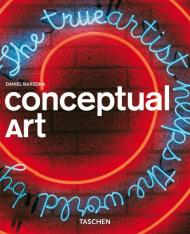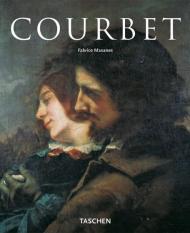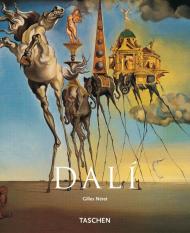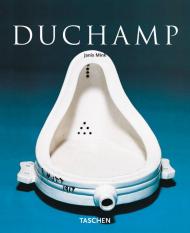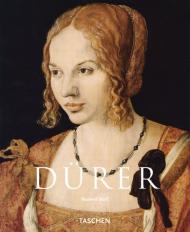The Baroque period in painting and sculpture, stretching from the late 16th century to the early 18th century and occurring between the Mannerist and Rococo movements, was marked by richness, drama, and grandeur. Stylistically complex yet intensely engaging, Baroque art commonly combined dramatic lighting effects and theatrical compositions with great movement and energy. Caravaggio, Annibale Carracci, Rembrandt, and Rubens are among the artists most commonly associated with the Baroque movement.
Artists featured: Francesco Albani, Caravaggio, Valentin de Boulogne, Jan Breughel the Elder, Annibale Carracci, Anthonis van Dyck, Adam Elsheimer, Georg Flegel, Luca Giordano, Guercino, Frans Hals, Pieter de Hooch, Jacob Jordaens, Willem Kalf, Giovanni Lanfranco, Charles Le Brun, Johann Liss, Claude Lorrain, Batolomé Esteban Murillo, Nicolas Poussin, Mattia Preti, Rembrandt, Guido Reni, Jusepe de Ribera, Hyacinthe Rigaud, Peter Paul Rubens, Jan Stehen, Hendrick Terbrugghen, Georges de la Tour, Diego Velázquez, Willem van der Velde the Younger, Jan Vermeer, Simon Vouet, Francisco de Zubarán
About the Series:
Each book in TASCHEN's Basic Genre Series features:
* a detailed introduction with approximately 35 photographs, plus a timeline of the most important events (political, cultural, scientific, etc.) that took place during the time period
* a selection of the most important works of the epoch; each is presented on a 2-page spread with a full-page image and, on the facing page, a description/interpretation of the work and brief biography of the artist as well as additional information such as a reference work, portrait of the artist, and/or citations
